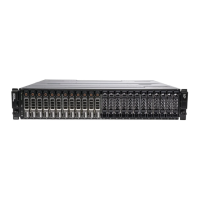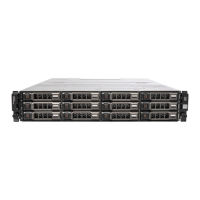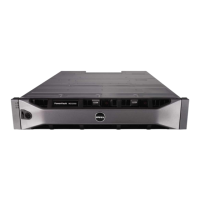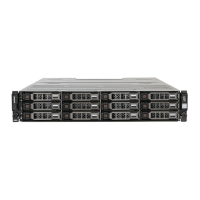70 Appendix—Manual Configuration of iSCSI
• CHAP logon information—Enter the target CHAP authentication
user name and secret you entered (for the host server) on the
storage array.
• Perform mutual authentication—If mutual CHAP authentication is
configured, select this option.
NOTE: IPSec is not supported.
8
Click
OK
.
If you require a discovery session failover, repeat step 5 and step 6 (in this
procedure) for all iSCSI ports on the storage array. Otherwise, single-host
port configuration is sufficient.
NOTE: If the connection fails, ensure that all IP addresses are entered correctly.
Mistyped IP addresses result in connection problems.
If you are using Windows Server 2008 Core version:
1
Set the iSCSI initiator services to start automatically (if not already set):
sc \\<server_name> config msiscsi start=auto
2
Start the iSCSI service (if necessary):
sc start msiscsi
3
If you are not using mutual CHAP authentication, go to step 5.
4
Enter the mutual CHAP secret you entered for the storage array:
iscsicli CHAPSecret <secret>
5
Remove the target portal that you configured on the storage array during
target discovery:
iscsicli RemoveTargetPortal <IP_address>
<TCP_listening_port>
6
Add the target portal with CHAP defined:
iscsicli QAddTargetPortal
<IP_address_of_iSCSI_port_on_storage_array>
[CHAP_username]
[CHAP_password]
where, [CHAP_username] is the initiator name and [CHAP_password] is
the target CHAP secret.
If you require a discovery session failover, repeat step 5 for all iSCSI ports
on the storage array. Otherwise, single-host port configuration is sufficient.
book.book Page 70 Wednesday, December 29, 2010 9:23 PM
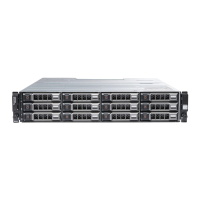
